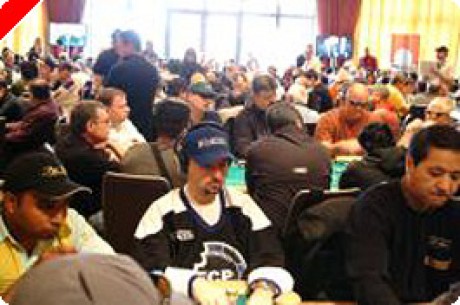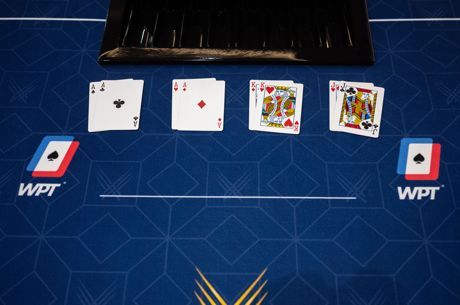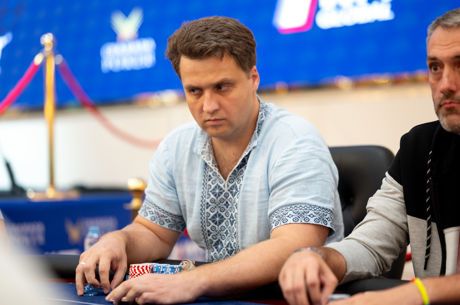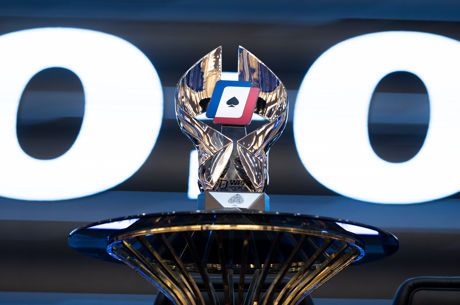The Professional Poker Tour: Who's In, Who's Out
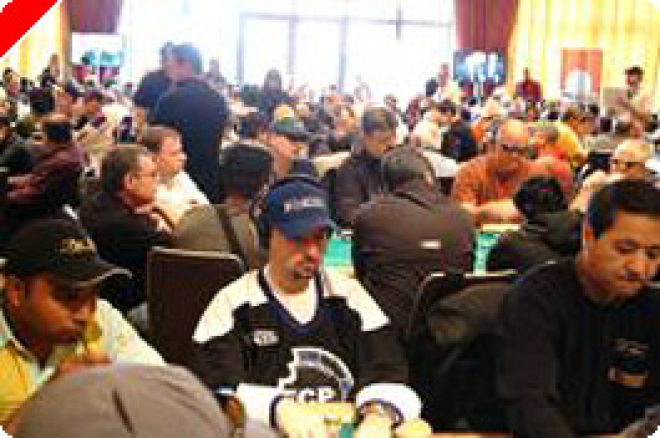
Professional sports organizations normally have a very complex procedure for determining who is eligible to participate in their events. In the world of golf, the PGA sets a very strict list of criteria that limits the field to only a couple of hundred players. These players have to continue to perform well on the PGA Tour to maintain this status. If they don't maintain a certain level of performance, then their "tour cards" are revoked and they have to earn their way back into the major league of golf. Tennis is another competitive outlet that has such criteria set in place.
The Professional Poker Tour, in its efforts to provide excellent poker competition by displaying the premiere players in the game today, has attempted to do the same thing. By being a WPT champion, performing well in WPT events, making the final table at the World Series of Poker Championship Event or earning a significant ranking in one of many ratings lists, the PPT has qualified an excellent field of 174 players that are eligible to play in the PPT tournaments (plus, each casino has twelve exemptions that can add to a PPT field). With this said, however, there are some players on the ineligible list who need to be reconsidered for their "tour card" on the PPT. (Writer's note: the list of eligible and ineligible players is on the PPT website at pptonline.com.)
One thing that is critical to the continued growth of poker is the inclusion of the entire world in the equation. Poker is already huge in the United States and the market is beginning to explode in Europe, Asia and South America. Something that would continue this explosion is for each nation to have their favorite to cheer on during certain events like the PPT. Although there is a decent national representation on the current eligible list, the ones that aren't eligible could potentially be said are more noticeable.
As of May 31st, foreign players such as David Benyamine (France), the Brenes brothers (Humberto, Alex and Eric, representing Costa Rica), John Gale (England), Joseph Hachem (Australia) and Carlos Mortensen (Spain) all have a three year exemption to be able to compete on the PPT. There are several others, including Gus Hansen, Patrik Antonius and Team PokerNews Captain Tony G, who have also earned their way into competing on the PPT stage (with one and two year exemptions) through their performances over the span of the WPT. While these gentlemen are all a significant representation of the international aspect of poker, there are more glaring omissions from the qualified list. Such players as Ross and Barny Boatman of the Hendon Mob, Roy "The Boy" Brindley, Peter Costa, Harry Demetriou and "The Flying Dutchman" Marcel Luske are all not eligible for participation in the PPT tournaments.
A couple of things should be taken into consideration when it comes to the foreign players who are a tremendous part of the world of poker and the World Poker Tour itself. Because of the lack of tournaments on foreign soil, many do not have the same opportunity to play at either the WPT stops or the PPT events themselves. Aside from a couple of circumstances, such as the two tournament stops at the Bellagio or the events that take place outside of the U. S. (the Grand Prix of Paris and the PokerStars Caribbean Adventure), it is extremely difficult for the European professionals to travel to meet the criteria that it takes to earn a spot on the PPT qualified list.
Secondly, many of the ranking systems do not take into account worldwide tournaments. A couple of the systems attempt to but only look at the extremely large foreign tournaments and grant points for them. The top twenty players from a European scale are granted a one year exemption on the PPT, but many are not able to maintain it due to the travel pressures that are omnipresent in the poker world. This leads to a lack of the best poker players from outside the United States being eligible to play on the PPT.
When it comes to the foreign players, give them their appropriate level playing status but relax the standards of performance that it takes for them to maintain their cards. It wouldn't be out of the question to ask that they make one quarter of the events on the WPT to maintain their pass (currently the level is one half) and it wouldn't put a tremendous amount of stress on their playing schedules. Also, have a PPT event that is outside the United States to allow the foreign players to participate. As the schedule is four events for 2006, adding a stop at the WPT Paris event or during the WPT's trip to the Caribbean would help to making sure the foreign players can make at least one of the PPT tournaments (which get them halfway to maintaining their PPT playing card).
The Professional Poker Tour is one of the great formats that have been created since poker has risen to its current lofty heights. To ensure that the best players in poker are eligible for it, there does need to be some tweaking done to the qualification standards, especially in regard to the foreign players. With some changes to those standards, the Professional Poker Tour can truly strive to bring the "best of the best" to tournament poker fans for years to come.
Ed note: Three WSOP seats up for grabs exclusive to PokerNews.com readers at Doyle's Room.



